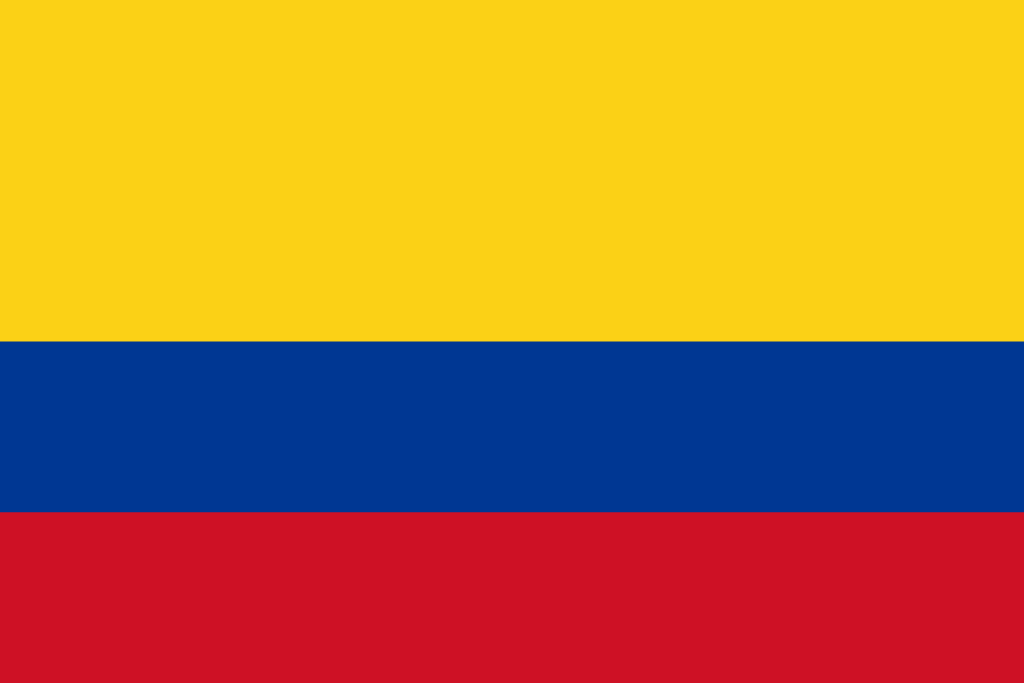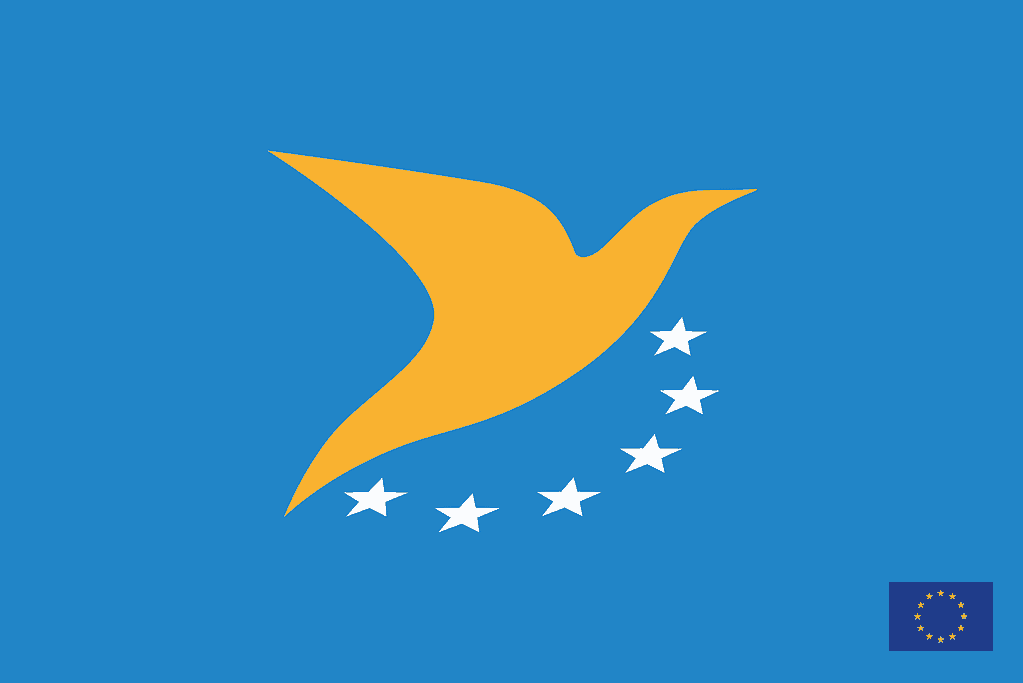Summary of Drone Laws in Colombia
Hobbyist Drone Laws For Residents of Colombia
Drone Operations in Colombia are currently regulated.
- Hobbyist drone flights are allowed in Colombia
- Hobbyist Colombia drone pilot license is not required
- Hobbyist Drone registration is not required in Colombia for hobbyists
- Drone Remote ID is not required in Colombia for hobbyists
- Drone Insurance is not required but recommended for hobbyists’ drone operations in Colombia
Read below for more details on Hobbyist Drone Laws in Colombia and to find links to regulators and other credible sources!
Commercial Drone Laws For Residents of Colombia
Drone Operations in Colombia are currently regulated.
- Commercial drone flights are allowed in Colombia
- Commercial Colombia drone pilot license is not required
- Commercial Drone registration is not required in Colombia for commercial drone operators
- Drone Remote ID is not required in Colombia for Commercial Drone Operators
- Drone Insurance is required for commercial drone operations in Colombia
Read below for more details on Commercial Drone Laws in Colombia and to find links to regulators and other credible sources!
Drone Laws For Visitors To Colombia
Drone Operations in Colombia are currently regulated.
- Foreign visitor drone flights are allowed in Colombia
- Foreign visitor drone pilot license is required
- Drone registration is not required in Colombia for visitors/tourists
- Drone Remote ID is not required in Colombia for tourists
- Drone Insurance is not required but recommended for tourist drone operations in Colombia
Read below for more details on Drone Laws in Colombia for Visitors (Tourists) and to find links to regulators and other credible sources!
Drone Laws For Government Drone Operators in Colombia
Drone Operations in Colombia are currently regulated.
- Government drone flights are allowed in Colombia
- Government drone pilot license is not required
- Drone registration is required in Colombia for Government operations
- Drone Remote ID is not required in Colombia for Government operations
- Drone Insurance is not required for Government drone operations in Colombia
Read below for more details on Drone Laws in Colombia for Government Drone Operations and to find links to regulators and other credible sources!
Agencies Responsible for regulating drones in the Republic of Colombia
Civil Aviation Authority of Colombia (CAAC)
UAS Laws – General rules for flying drones in Colombia
The Colombian agency responsible for drone safety, CAAC, has provided several internet-accessible details on flying for fun or work. The highlights are enumerated below. For more details, go to the link above.
Are drones allowed in Colombia?
According to CAAC, drone use is allowed in Colombia, subject to CAAC regulations. Read on for more details.
Here are the most important rules for flying a drone in Colombia.
- The CAAC requires training before flying a drone in Colombia. More information is available in the section below.
- Before any drone flight in Colombia, authorization from the CAAC is required.
- Avoid flying in inclement weather, such as strong winds.
- Do not fly above 500 feet.
- Allow no more than 750 meters (2,460 feet) for the drone to fly away from the operator. If an observer is involved in the operation of the drone and communicates with the operator in real time, the maximum operating radius is 1500 meters (4,921 feet).
- Fly no closer than 50 meters (164 feet) to any person, object, or structure.
- Avoid flying over congested areas or structures.
- Avoid flying within a 5-kilometer radius (3.1-mile) of any airport.
- Avoid flying near or over the military, law enforcement, or correctional facilities.
- Avoid flying within a radius of one nautical mile of the President of the Republic’s, Vice President’s, and other national and foreign authorities’ locations.
- Avoid throwing or dropping anything while in flight.
- Before and during each flight, you must carry a radio receiver and establish radio communication with the nearest airport control tower.
Classification
Colombia classifies drones into three categories:
Class A: drones weighing between 250 grams and 25 kilograms and flights that adhere to the preceding rules.
Class B: drones weighing between 25 and 150 kilograms, and Class A drones flying in violation of at least one of the rules.
Class C: drones weighing more than 150 kilograms and flights involving a high degree of risk.
Class A flights do not require approval, but the law requires registration with the aviation authority using the owner’s name, document number, address, e-mail address, phone number, make, model, and the serial number of the drone.
Class B and C flights require prior approval.
Authorization Requirements for Flying
To fly a drone in Colombia, you must complete training at a CAAC-accredited aeronautical training center or a national or international university with an aeronautical or aerospace engineering faculty and a continuing education program for UAVs. In addition, the operator must have logged a minimum of 40 hours of flight time.
Before each flight, the operator must submit a Request for Authorization and Permission to Operate to the CAAC 15 business days before the flight’s scheduled date.
Make your flight request with an unmanned aircraft at atencionalciudadano@aerocivil.gov.co, from which you will receive a consecutive tracking number in your email.
In order to minimize response times for UAV flight permits, please attach the electronic KMZ/KML file.
The authorization request must include the following:
- The applicant’s name and contact information
- The operation’s description and objective
- The planned flight’s date and location
- Flight altitude and duration
- Assessment of the operation’s risk
Prohibited:
- Payloads are not allowed.
- Not above people or structures
- Not above military objects, police, or detention centers
- Not over parks, beaches, roadways, and waterways
- Not within a two-kilometer radius of the President of Colombia or other government officials
Registration of unmanned aircraft system UAS and associated technological equipment
- Any unmanned aircraft system UAS whose UA has a weight equal to or greater than 200 grams must be registered with the UAEAC.
- For the purposes of the ownership of the registration, any transfer of ownership or operator status of UAS must be immediately registered with the UAEAC, in order to update the relevant information.
- When lease agreements or any other agreement that transfers the operator status on a UAS are entered into, the operational and legal responsibility will fall on the lessee in their capacity as operator, once the lessee or the acquirer notifies the UAEAC of this matter by providing a copy of the respective contract. If this is not done, the lessor will retain such responsibility.
- In the event that a UA or UAS is decommissioned due to end of useful life, loss of flight capacity, theft or any other circumstance that prevents its registered owner or operator from using it, it must be reported to the UAEAC for the purpose of canceling its registration. UAS or UA that have been decommissioned and for which a new registration is intended will be subject to prior monitoring and verification.
- Any technological equipment associated with any UAS operation will be related at the time of registration or at any time they are incorporated into an operation.
- Having met the requirements and according to the procedure established for it, the UAEAC will issue the operator a registration certificate, but this will not include the associated technological equipment, which will be related as an integral part of the UAS technological equipment database for that operator.
Identification of the unmanned aircraft
Any UA that has been registered in the UAEAC database and with which it is intended to carry out operations within Colombian territory must have an identification label permanently attached to its structure of at least 2 cm x 4 cm, with text in Arial font with minimum size 8, containing at least the following data of the UAS owner or operator:
- Registration number assigned by the UAEAC to the UA;
- Full name or corporate name of the person listed in the UAEAC registry;
- Email;
- UAEAC email (atencionalciudadano@aerocivil.gov.co).
The identification label must guarantee the following conditions:
- Permanent adhesion to the UA structure;
- Permanent legibility of the information contained therein;
- It must not alter the weight and balance or performance of the UA;
- Be visible on the outer surface of the UA at all times; and
- It will have a color contrast that facilitates reading.
Notes for recreational drone pilots flying for fun in Colombia
In Colombia, you will not require a license to fly your drone for recreational or commercial purposes. You should also register each drone and obtain a permit before the flight.
Within the permitted zones, the following rules apply:
- Clearly label your drone with your complete name and registration number (see below)
- Fly your drone during daylight hours at a maximum altitude of 152 meters and a maximum distance of 750 meters from you.
- Keep your drone at least 50 meters away from property and people, and respect people’s privacy.
- Fly a drone that weighs less than 25 kilograms (heavier drones are prohibited by law).
- Operate a drone with non-metallic propellers, GPS (with recall capability), and a backlog system for recording images and flight paths (Mavic Pro 2 fits these requirements).
- Fly 5 kilometers away from airports and heliports and give priority to all other aircraft categories. If you see another aircraft during your flight, make a hasty landing.
- Fly 9.2 kilometers outside the country’s borders.
- You will require third-party liability insurance.
- During your flight, maintain contact with the nearest air traffic control operator.
- Carry no animals on your drone.
- Do not drop anything while flying your drone.
Notes for operating Commercial Drone Services in Colombia
In Colombia, you will not require a license to fly your drone for recreational or commercial purposes. You should also register each drone and obtain a permit before the flight.
Within the permitted zones, the following rules apply:
- Clearly label your drone with your complete name and registration number (see below)
- Fly your drone during daylight hours at a maximum altitude of 152 meters and a maximum distance of 750 meters from you.
- Keep your drone at least 50 meters away from property and people, and respect people’s privacy.
- Fly a drone that weighs less than 25 kilograms (heavier drones are prohibited by law).
- Operate a drone with non-metallic propellers, GPS (with recall capability), and a backlog system for recording images and flight paths (Mavic Pro 2 fits these requirements).
- Fly 5 kilometers away from airports and heliports and give priority to all other aircraft categories. If you see another aircraft during your flight, make a hasty landing.
- Fly 9.2 kilometers outside the country’s borders.
- You will require third-party liability insurance.
- During your flight, maintain contact with the nearest air traffic control operator.
- Carry no animals on your drone.
- Do not drop anything while flying your drone.
Useful published information on flying drones in Colombia
Here is a sample of what you might expect if you follow the drone laws and fly in Colombia…
Authoritative Sources of Information on Colombia Drone Laws
We will attempt to keep an updated list of online authoritative links to regulators and other official websites here:
- Drone Regulator Website: Civil Aviation Authority of Colombia (CAAC) and Drone Section of CAAC Website
- Link To SUAS Laws: Colombia Drone Laws
- No Fly Zone Maps/Locations: N/A
- UAV Registration Site: N/A
- Drone Operator Licensing Site: N/A
- Others: N/A
NOTE: This page is about the Regulation of Unmanned Aerial Vehicles: Small Unmanned Aerial Systems (SUAS), Small UAS, Remote Piloted Aerial Systems (RPAS), unmanned aerial vehicle (UAV), Unmanned Aerial System (UAS), and drone are interchangeable terms unless specified. Model Aircraft, toy, remote-controlled, and RC aircraft may be covered by the same regulations unless specified.
Find out why
We think you must use a Drone Preflight Checklist
And a Drone Post-flight checklist
Free Drone Flight Checklist PDF
This Drone Flight Checklist is better than others.
It’s free!
It includes both the preflight checklist and post-flight checklist
It’s an easy-to-use printable PDF that covers all your bases.
Traveling with a Drone?
Click here to read our Comprehensive Guide For Traveling With A Drone.
NOW IT’S YOUR TURN



Leave a Comment